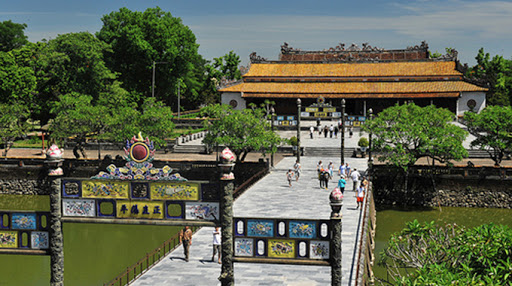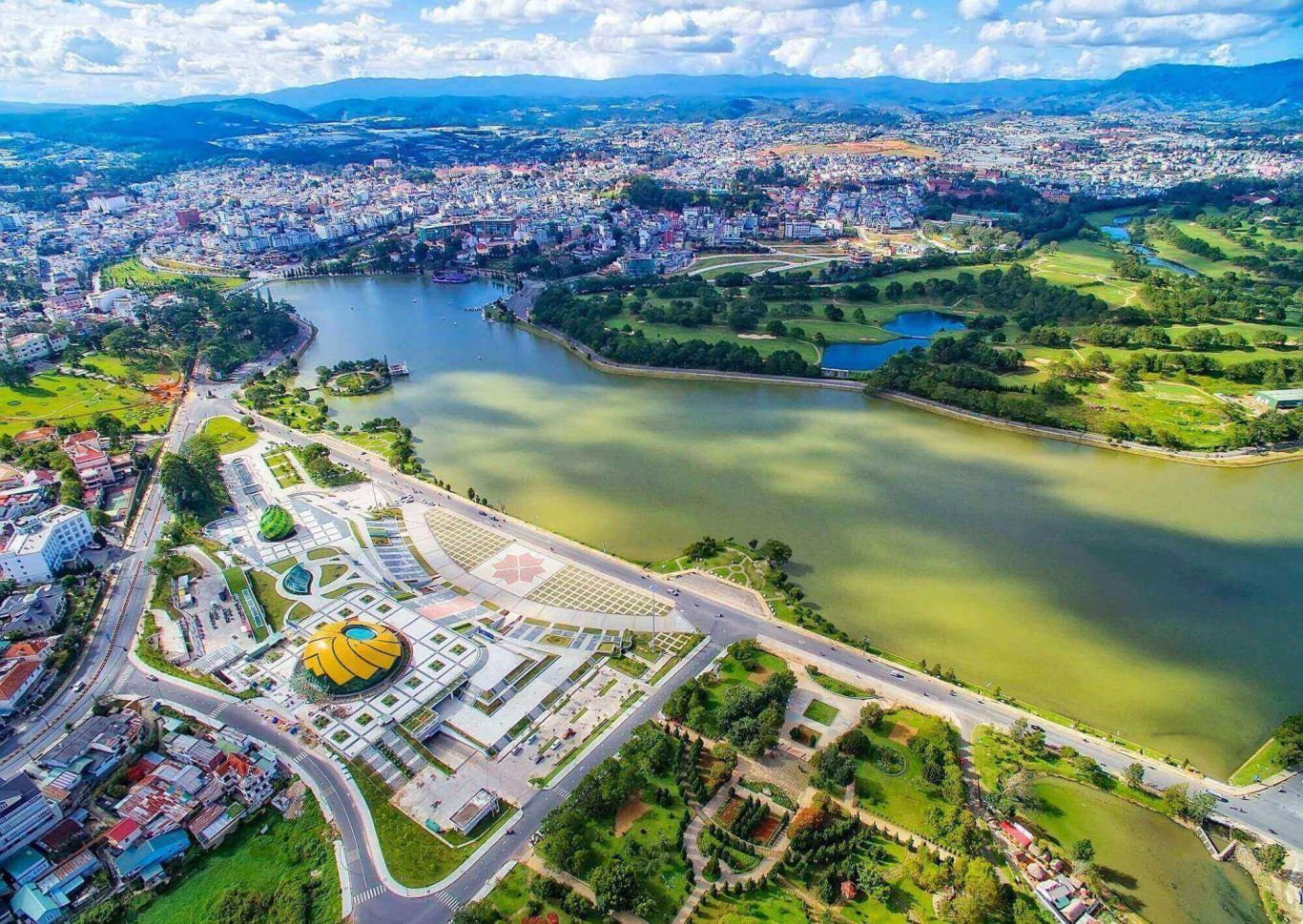Vietnam: What are the contents to be declared in the history of the monument?
On July 14, 2011, the Ministry of Culture, Sports and Tourism of Vietnam issued Circular 09/2011/TT-BVHTTDL on the content of scientific dossiers for the ranking of historical-cultural monuments and famous landscapes.

Vietnam: What are the contents to be declared in the history of the monument? (Illustration)
According to Article 6 of Circular 09/2011/TT-BVHTTDL, the contents to be declared in the history of the monument in Vietnam include:
1. Name of the monument:
- The name of the monument to be consistently used in the scientific dossier of the monument;
- Other names of the monument (if any) and the origin of those names.
2. Location and directions to the monument:
- Location of the monument: Fully record the old and new names of the locality where the monument is located, including house number, street, hamlet, village, commune (ward, township), district (town, provincial city), province (centrally-run city) and clearly state the reasons for the name changes over time;
- Directions to the monument: Specify the distance from the administrative center of the province or centrally-run city to the monument and provide specific directions to the monument by different means of transportation.
3. Classification of the monument:
- The monument is classified based on the results of surveys and research on the monument according to the provisions of Article 11 of Decree No. 98/2010/ND-CP dated September 21, 2010
.- Where the monument contains multiple types of value, classify according to those values, starting from the most representative value (e.g.: archaeological and architectural art monument; historical monument, and famous landscape).
4. Events, historical figures, characteristics of the monument:
- For historical monument: Present events and historical figures related to the monument; summarize existing research results and clearly state the scientific basis, and the organization’s or individual’s assessments who prepared the scientific monument file about these events and historical figures;
- For architectural art monument: Summarize events and historical figures related to the monument (if any), the process of construction, preservation, restoration, rebuilding, and embellishing the monument; summarize existing research results and clearly state the scientific basis, and the organization’s or individual’s assessments who prepared the scientific monument file about the process of construction, preservation, restoration, rebuilding, and embellishing the monument;
- For archaeological monument: Summarize the process of discovering and excavating the monument, summarize existing research results and clearly state the scientific basis, and the organization’s or individual’s assessments who prepared the scientific monument file about the dating, owners, characteristics, and nature of the monument;
- For famous landscapes: Summarize events and historical figures directly related to the famous landscape (if any), and outline the characteristics of the famous landscape regarding natural landscapes, geology, geomorphology, geography, biodiversity, unique ecosystems, or material traces of various stages of Earth’s development.
5. Cultural and religious activities related to the monument:
Describe in detail the festivals and other cultural and religious activities related to the monument; summarize existing research results and propose the organization’s or individual’s assessments who prepared the scientific monument file about the characteristics and historical-cultural value of the festivals and cultural-religious activities related to the monument.
6. Survey description of the monument:
- Provide an overview of the scope, scale, general layout of the monument, the environmental landscape in the monument area; provide a general evaluation of the technical status of the monument, and clearly state the extent of damage, deterioration, and violations of the monument (if any).
- Provide specific descriptions for each type of monument:
+ For historical monument: Describe in detail the constructed works, artifacts, and remaining traces related to the events and historical figures associated with the monument;
+ For architectural art monument: Describe in detail the construction techniques, architectural structures, construction materials, subjects, patterns, and artistic decorations of each architectural component of the monument;
+ For archaeological monument: Specify the components, characteristics, cultural layers, and significant artifacts discovered during the research, exploration, and excavation of the monument; the current state of the monument;
+ For famous landscape: Describe in detail the natural landscapes, geology, geomorphology, geography, biodiversity, unique ecosystems, or natural areas containing material traces of various stages of Earth’s development; describe the architectural and artistic works associated with the famous landscape (if any).
...
More details can be found in Circular 09/2011/TT-BVHTTDL effective from September 1, 2011.
Thuy Tram
- Supplementing regulations on the procedures for approving investment policies by the Provincial People's Committee of Vietnam from February 10, 2025
- Amendments to tax management regulations for enterprises with related party transactions in Vietnam
- Which fields are subject to special investment procedures in Vietnam from February 10, 2025?
- Decision 245: Priority allocation of State Budget for nuclear energy projects in Vietnam
- Procedures for ensuring the implementation of investment projects in Vietnam under Decree 19/2025
- Procedures for issuance of a Certificate of special investment registration in Vietnam from February 10, 2025
-

- Supplementing regulations on the procedures for ...
- 08:00, 14/02/2025
-

- Amendments to tax management regulations for enterprises ...
- 17:36, 13/02/2025
-

- Which fields are subject to special investment ...
- 17:00, 13/02/2025
-

- Decision 245: Priority allocation of State Budget ...
- 16:29, 13/02/2025
-

- 03 groups of indicators for evaluating the environmental ...
- 16:19, 13/02/2025
-

- Supplementing regulations on the procedures for ...
- 08:00, 14/02/2025
-

- Amendments to tax management regulations for enterprises ...
- 17:36, 13/02/2025
-

- Which fields are subject to special investment ...
- 17:00, 13/02/2025
-

- Decision 245: Priority allocation of State Budget ...
- 16:29, 13/02/2025
-

- 03 groups of indicators for evaluating the environmental ...
- 16:19, 13/02/2025
 Article table of contents
Article table of contents
